Mimitakara Tutorial Videos
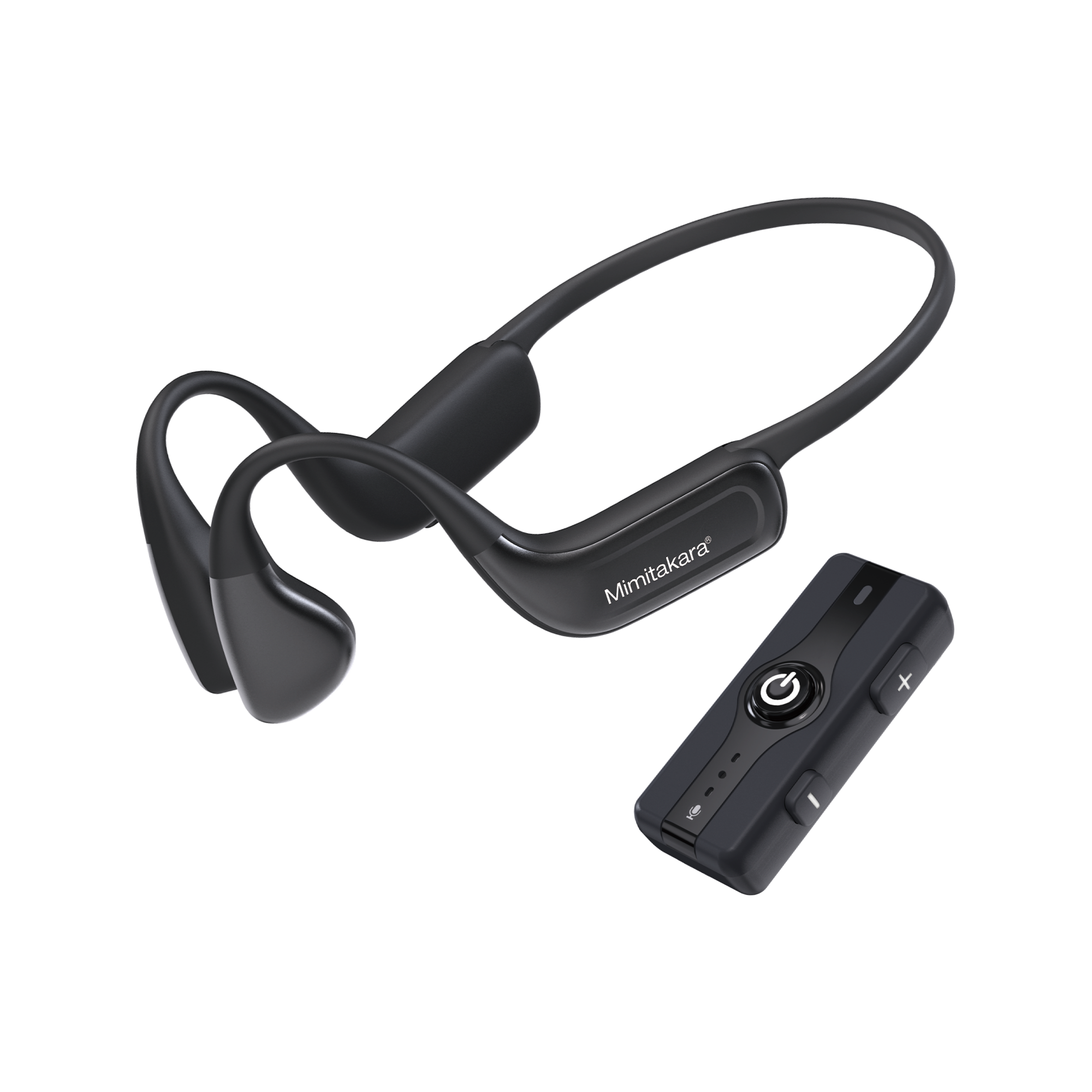
Bone Conduction Hearing Amplifier with Remote Mic
Download Manual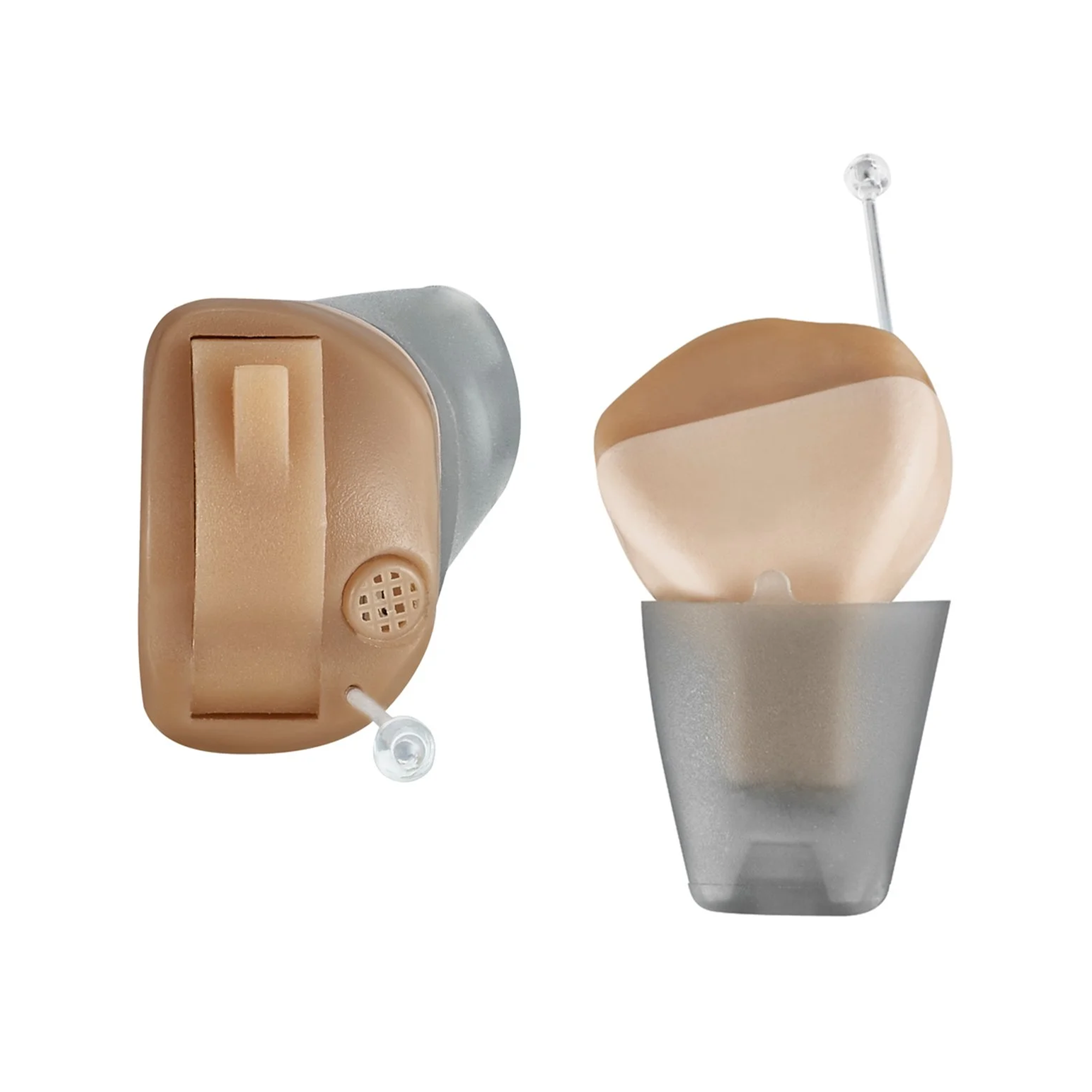
myHearing I1 Hearing Aid
Download Manual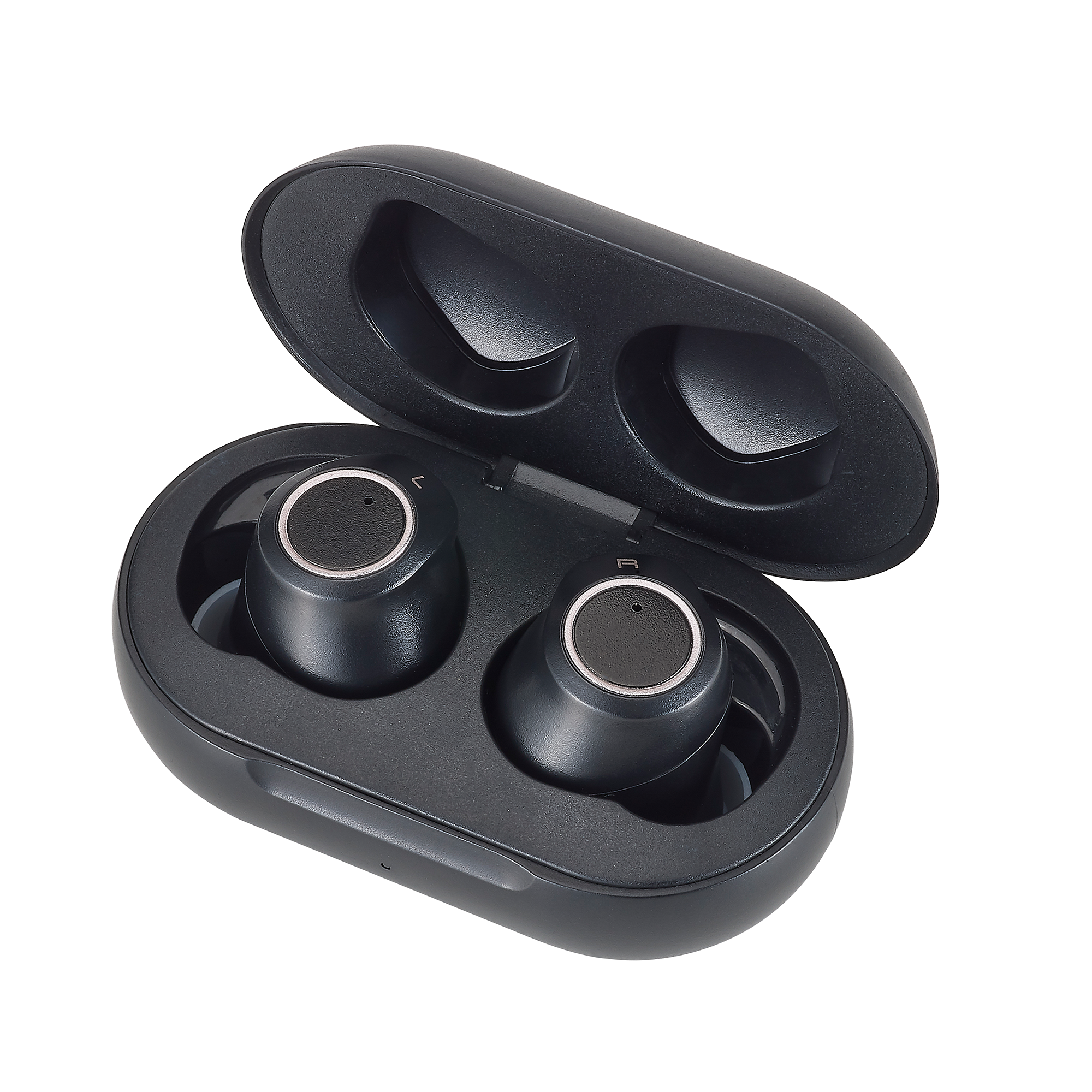
Digital ITC Rechargeable Hearing Aid
Download Manual
goodHearing A1 Hearing Aid
Download Manual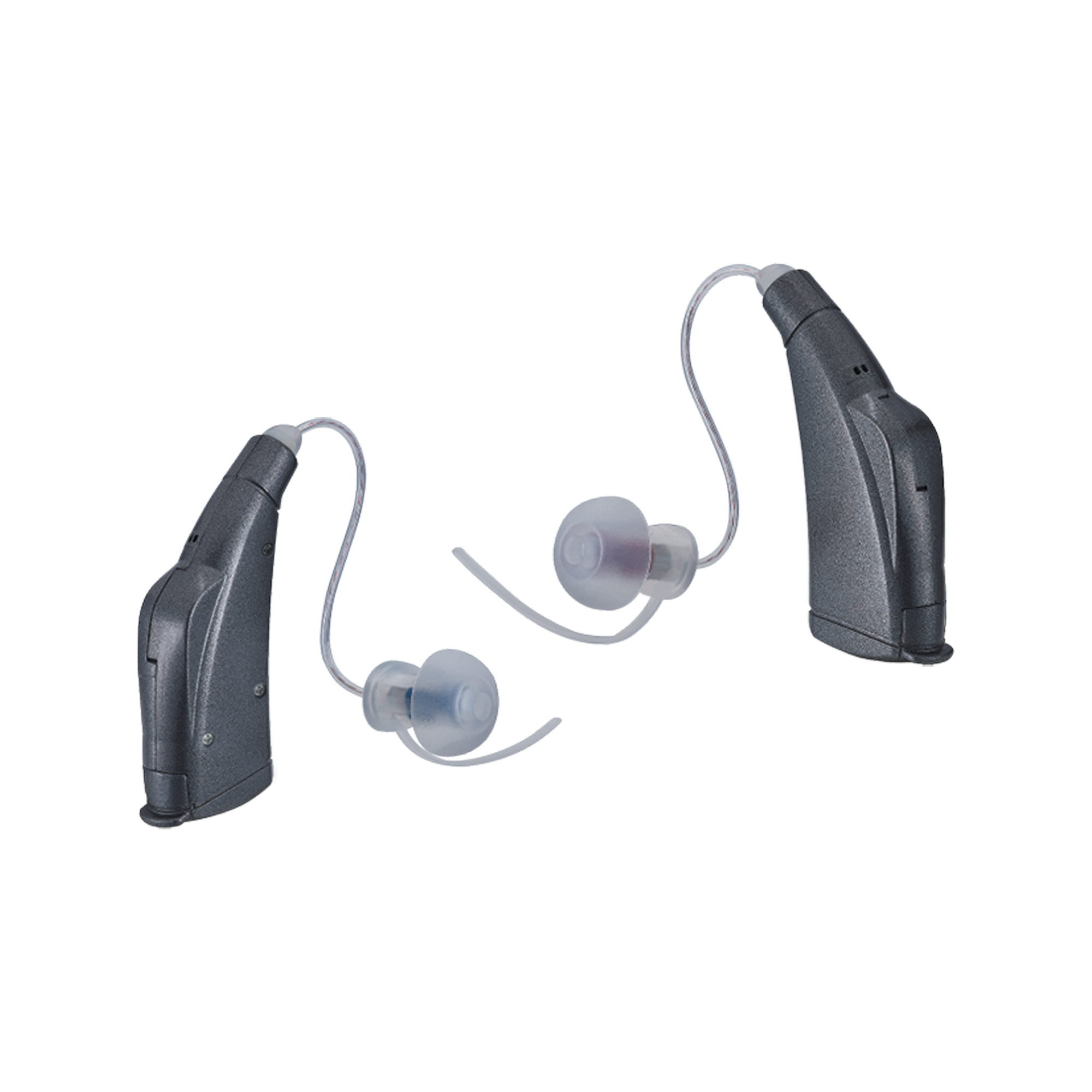
goHearing R1 Hearing Aid
Download Manual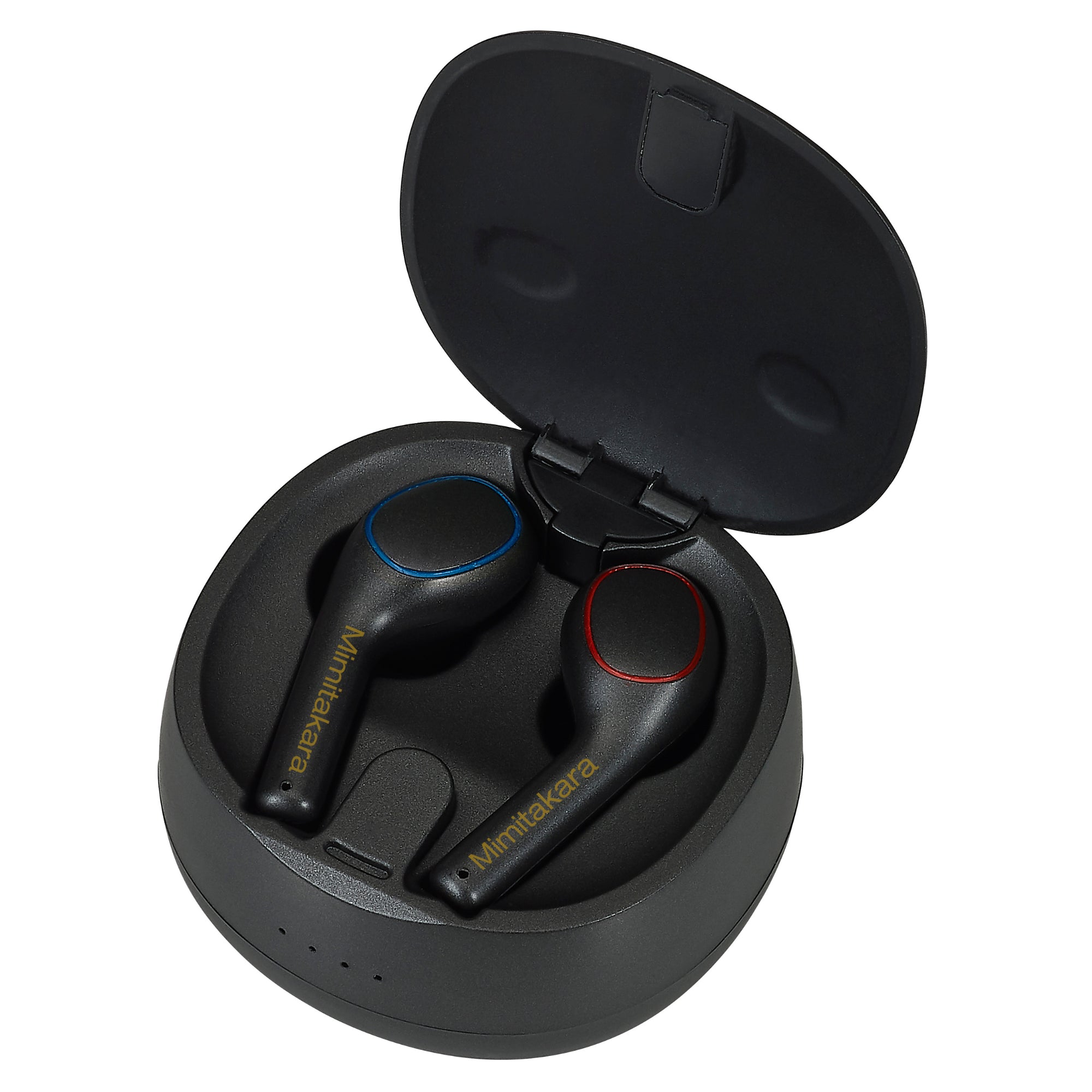
goodHearing T1 Hearing Aid
Download Manual
goodHearing T2 Hearing Aid
Download Manual
goodHearing T3 Hearing Aid
Download Manual
goodHearing P1 Hearing Aid
Download Manual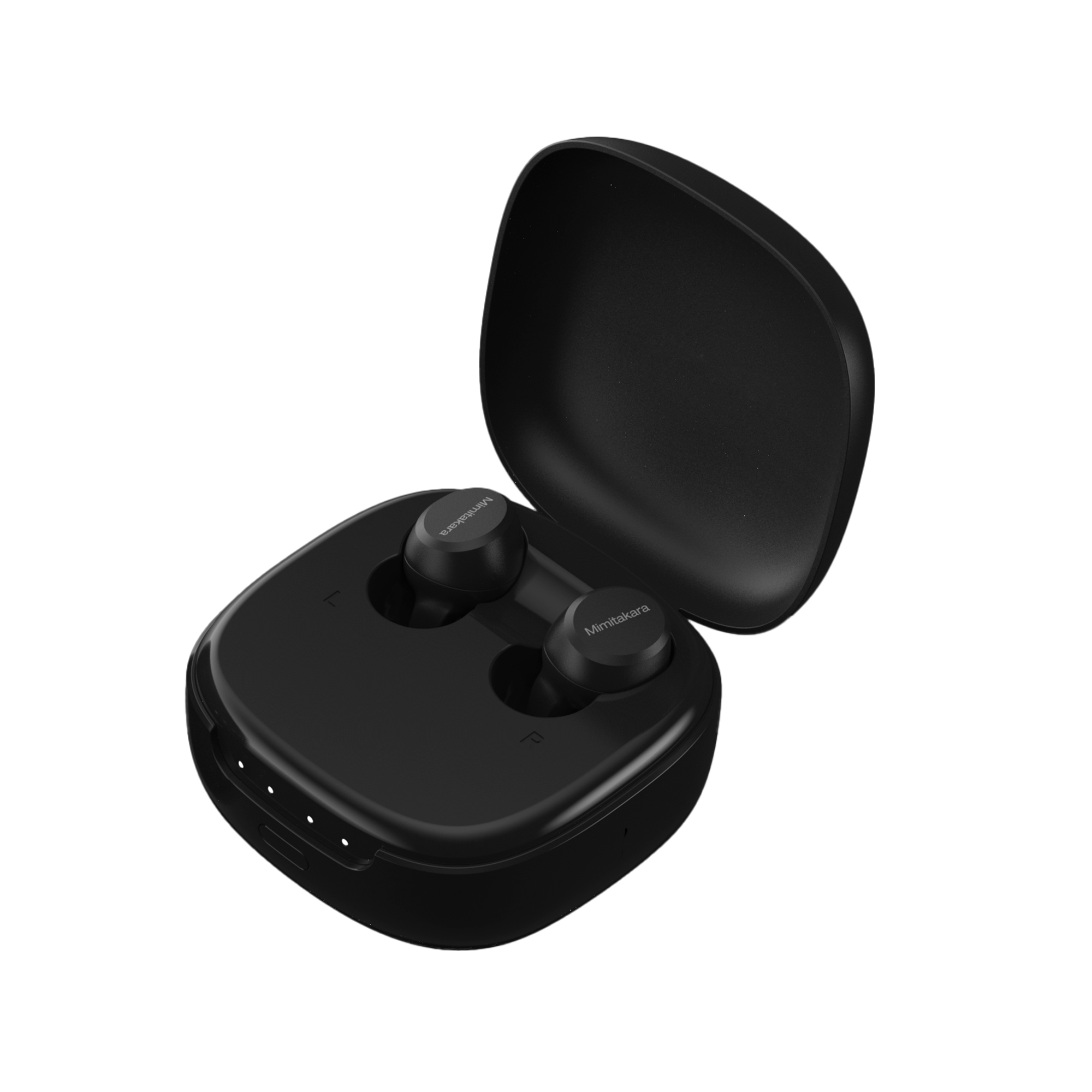
goHearing EI1 Hearing Aid
Download ManualGeneral
The price of a hearing aid is determined by several factors: features, sound quality, production and sales costs, distributor fees (including doctor referral fees), and product warranty. The number of middlemen involved is the biggest factor that affects the price—the more people involved in the sales process, the higher the hidden fees. That’s why it’s important to choose a manufacturer with direct sales channels like Mimitakara!
Behind-the-Ear (BTE):
- Suitable for: Moderate to severe hearing loss
- Features: Easy to operate with buttons, higher functionality, and higher output. Best for those with moderate to severe hearing loss.
- Discreetness: ***
In-the-Ear (ITE):
- Suitable for: Mild to moderate hearing loss
- Features: Fits inside the ear, comfortable and relatively easy to use. Good for users with mild to moderate hearing loss.
- Discreetness: ****
Completely-in-the-Canal (CIC):
- Suitable for: Mild to moderate hearing loss
- Features: Fits deep inside the ear canal, very small and less noticeable, but a bit harder to operate.
- Discreetness: *****
Neckband or Pocket Hearing Aid:
- Suitable for: Severe hearing loss
- Features: Worn like an MP3 player or Bluetooth earbud. Recommended for people with severe hearing loss.
- Discreetness: *
User manuals are a great source of information. You can find them at the bottom of this page. The user manual will give you step-by-step instructions on how to set up your hearing aids, pair them with the Mimitakara app, and start to use them correctly.
Mimitakara hearing aids are designed to help people with mild, moderate and severe hearing loss. Profound hearing loss requires different fittings that have to be provided by a hearing healthcare practitioner.
Some hearing aid users feel that their voice sounds like it has an echo when they speak, which is called the “occlusion effect."
Normally, when you speak, if your ear canal is not blocked, you can hear your own voice through the transmission of air and the vibrations of the skull. However, when your ear canal is blocked, the transmission of air decreases, and the sensation of skull vibration increases. You can try the following steps to help adapt.
- Allow your ear canal to remain open as much as possible.
- Reduce the amplification of low frequencies.
- Use a hearing aid with a deeper ear canal fitting to reduce the sensation of low-frequency vibrations.
Most users can adapt without issues. However, for those who experience difficulties, these steps may help them adjust.
Hearing aids can allow users to hear sounds they haven’t heard in a while, and the experience varies from person to person.
Mid-frequency hearing systems often require a period of relearning. Studies show that hearing aid users’ speech comprehension improves with adaptation to new hearing systems, leading to a better listening experience over time.
This is part of the adjustment process. Currently, most hearing aid specialists recommend a specific adjustment period tailored for each individual.
When wearing hearing aids:
- Hearing ability in quiet environments will improve (e.g., in one-on-one conversations, watching TV, etc.).
- Hearing in moderate noise environments will improve.
- Hearing in noisy environments may not be as good as in quiet environments.
- Even in noisy environments, your hearing will still be better than without hearing aids.
- Soft speech will be easier to hear, and normal speech will feel comfortable. Loud speech may sound amplified but should not feel uncomfortably loud.
- The ear canal should feel comfortable with the hearing aid.
- You should be able to hear your own voice clearly.
- Once the hearing aid is correctly placed, there should be no feedback or whistling.
- You may hear sounds you haven’t heard in a long time (e.g., footsteps, refrigerator humming), which is normal.
Adjusting and adapting to hearing aids takes some time. As you become accustomed to increased volume levels, your listening ability will gradually improve. However, hearing aids cannot fully restore your original hearing ability or return you to your previous hearing condition.
Troubleshooting
Explore our troubleshooting section for quick solutions to common problems and tips on how to resolve them.
Possible Causes:
- Microphone not fully inserted into the ear canal.
- Incorrect ear tip size.
- Blockage in the microphone or ear plug.
Solutions:
- Ensure the microphone is correctly inserted.
- Choose the correct ear tip size.
- Use a cotton swab or brush to clean any blockage or change the ear tip.
Possible Causes:
- Low battery.
- Blockage in the microphone or ear tip.
- Changes in hearing loss level.
- Clogged with wax and debris.
Solutions:
- Ensure rechargeable hearing aids are fully charged, and check batteries for corrosion or damage in battery-powered aids.
- Clean blockages or change the ear tip.
- Visit a doctor for a follow-up hearing test.
Please try out all ear bud sizes provided before powering on. When attaching an ear bud, press firmly until you feel a "pop", indicating a secure connection. If the ear buds are not pressed against the receiver, it can cause feedback and block sound.
Maintenance
Learn about regular maintenance routines and care instructions to ensure long-lasting use.
- Keep your hearing aid dry and clean.
- Avoid water, solvents, cleaning fluids, or oils.
- Regularly charge rechargeable hearing aids if unused for long periods. For battery-powered aids, remove the battery if not used for extended periods.
Proper care is essential to ensure your hearing aids work optimally. Here are general cleaning tips to maintain them:
- After removing your hearing aids, use a soft, lint-free cloth or the provided hearing aid brush to remove earwax and debris from the dome and microphone openings.
- Clean the hearing aid body by gently wiping them with a soft, lint-free cloth.
- If earwax buildup blocks the ear tips or if the hearing aids sound quieter than usual, replace the ear tips.
- For those using hair products or frequently in dusty environments, you can clean the hearing aid body with a slightly damp cloth
- Always consult your user manual for specific cleaning instructions.
After taking out your hearing aids, clean the ear tips and microphones by gently removing earwax and debris with the provided brush or a soft, lint-free cloth. It's advised to replace the ear tips every 3 months for optimal performance.
Sound
Learn how to adjust sound settings for optimal clarity and performance in different environments.
In the beginning, everyday sounds like running water, footsteps, paper rustling, and even your own voice might seem unfamiliar or strange. If you’ve just started wearing hearing aids, keep in mind that it takes time to adjust to both the feel and the sounds. Your brain is reacclimating to sounds it hasn’t processed in a while, which can make them seem unusual at first. You can try adjusting the volume, balancing the sound, or changing the microphone focus to improve sound quality as you get used to your hearing aids.
Yes, initially your own voice may seem louder or slightly hollow when you start wearing hearing aids. If you're sensitive to the sound of your voice, you might prefer using open tips instead of closed ones.
Bluetooth
Follow our step-by-step guide to establish a stable connection and ensure seamless wireless functionality.
Depending on the model, some hearing aids are Bluetooth-enabled. To take calls, positioning the phone closer to the hearing aid's microphones. Please note that using this method will allow you to hear the phone audio in only one hearing aid.
- iOS: Swipe down from the top of the screen to open the Control Panel. This can be done at any time, regardless of the app you're using. Tap the Bluetooth icon to switch it on or off. If the icon is lit, Bluetooth is on; if not, it’s off.
- Android: Swipe down from the top of the screen to open the Control Panel. This can be done at any time, regardless of the app you're using. Tap the Bluetooth icon to switch it on or off. If the icon is lit, Bluetooth is on; if not, it’s off.
APP
Learn how to utilize these to enhance your overall experience.
Our app is designed with simplicity in mind. You only need to use the app once to take a hearing test, after which your hearing aids will automatically adjust to your hearing profile. If you ever need assistance, our customer support team is readily available to guide you through every step. Email info@mimitakara.com today!
Our smart hearing aids automatically adjust to your hearing needs, configuring themselves for optimal noise reduction and feedback control. Once set, adjustments are rarely needed.
Most users find no need for further adjustments after the initial setup, as our hearing aids automatically adapt to various environments. If you prefer simpler control, consider our models with on-device adjustments.
Battery
Learn how to address battery-related issues efficiently.
It’s recommended to replace expired batteries, as they may not provide enough power for your hearing aid to function properly.
Hearing aid batteries do expire! You can find the expiration date printed on the back of the battery pack. It’s best to use the batteries before that date.
Recycle your used batteries at the nearest recycling point. Do not throw batteries in the trash.
Store batteries at room temperature. Avoid extreme heat or cold, as this can shorten their lifespan. Keep batteries away from metal objects like coins or keys. Prevent batteries from touching each other when stored. When removing them from your hearing aid, ensure they don’t come into contact with each other.
Depending on your hearing aid settings and usage. In some cases, they may last longer. Important: Do not store batteries with medication, as some pills are similar in size and shape. Ingesting a hearing aid battery can be dangerous.
Zinc-air batteries use oxygen from the air as the positive electrode material, allowing for more negative electrode material to be packed inside the battery. Therefore, zinc-air batteries generally have a higher capacity, are more affordable, and have a lower environmental impact compared to other batteries. Additionally, as environmental protection awareness increases, hearing aid users often prefer zinc-air batteries. These batteries operate stably and are small in size, making them an ideal choice for hearing aids.
Note:
- If a used or depleted battery is left in the hearing aid, it may enter a state of over-discharge, which can lead to battery leakage or excessive swelling. It should be removed immediately.
- When the battery is depleted, the hearing aid will automatically shut off.
Accessories
- You can purchase new accessories on the Mimitakara website, here.







